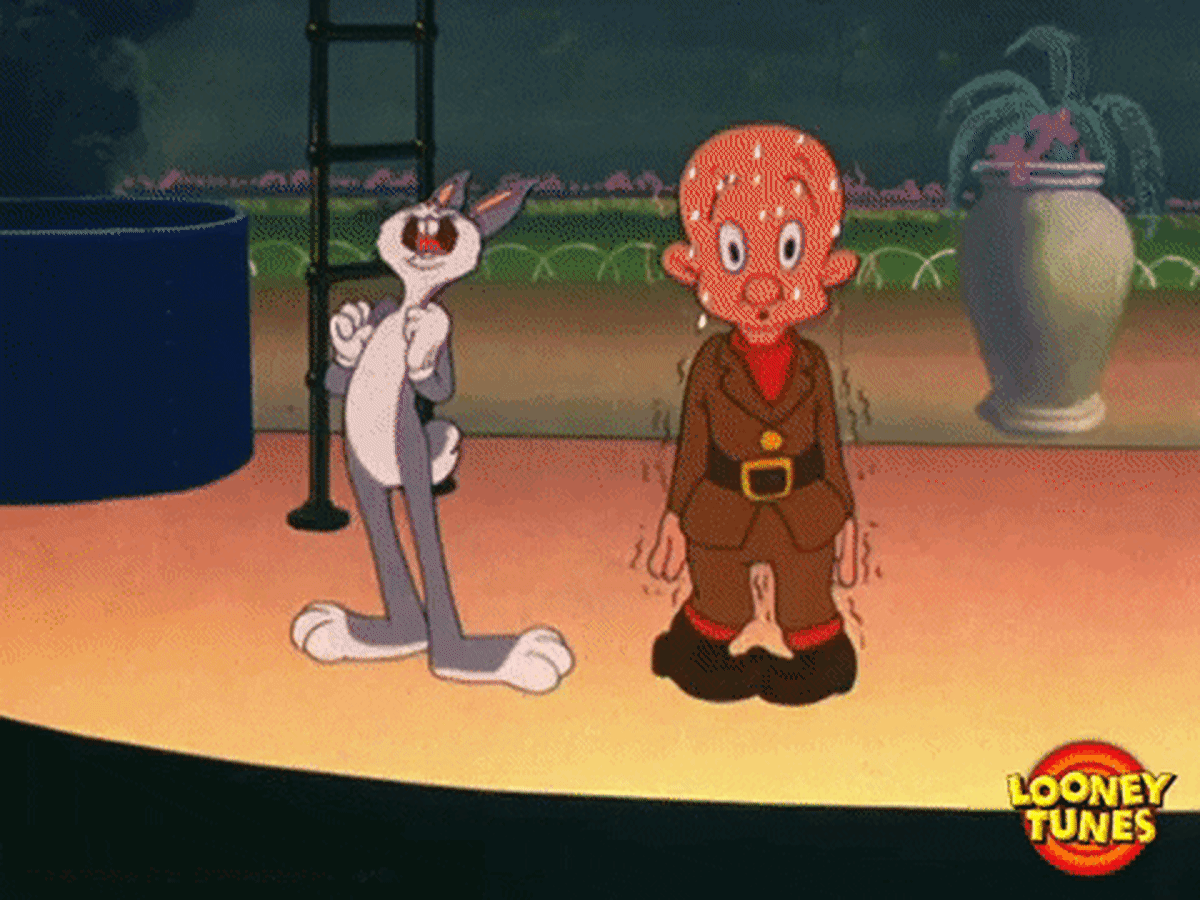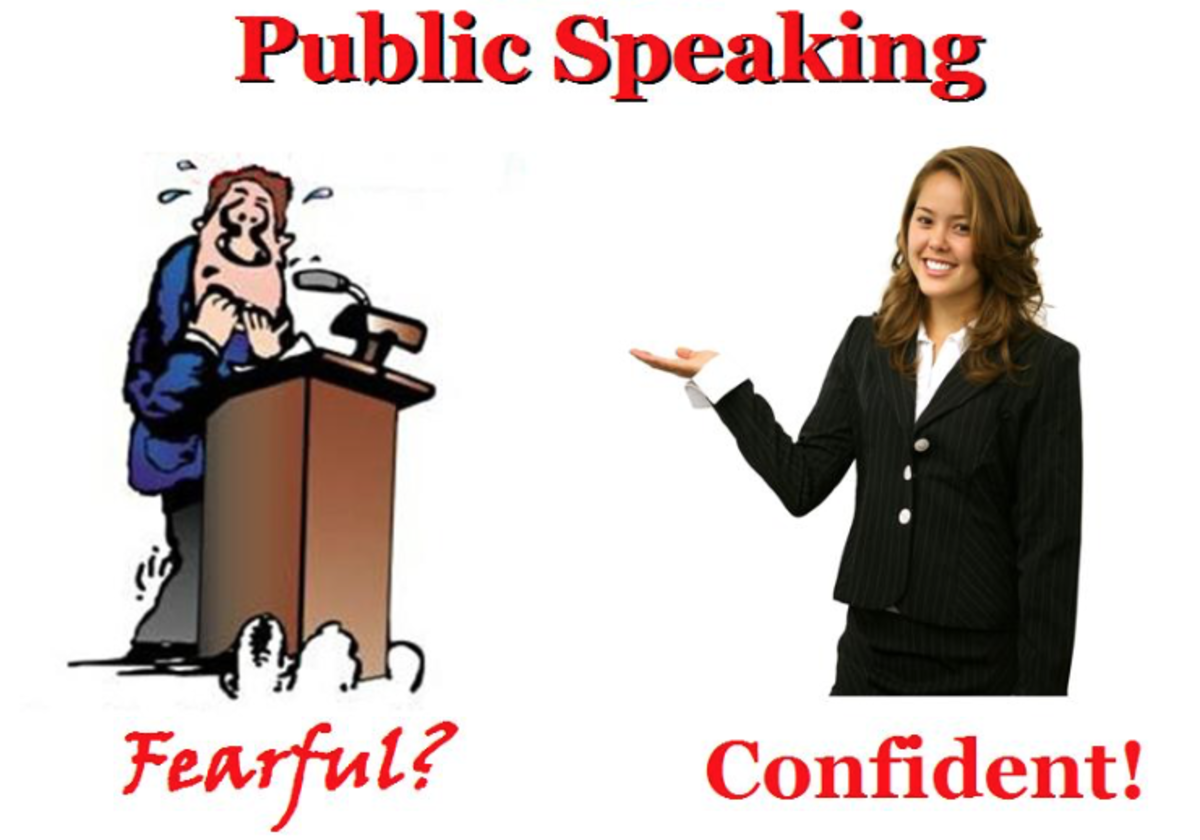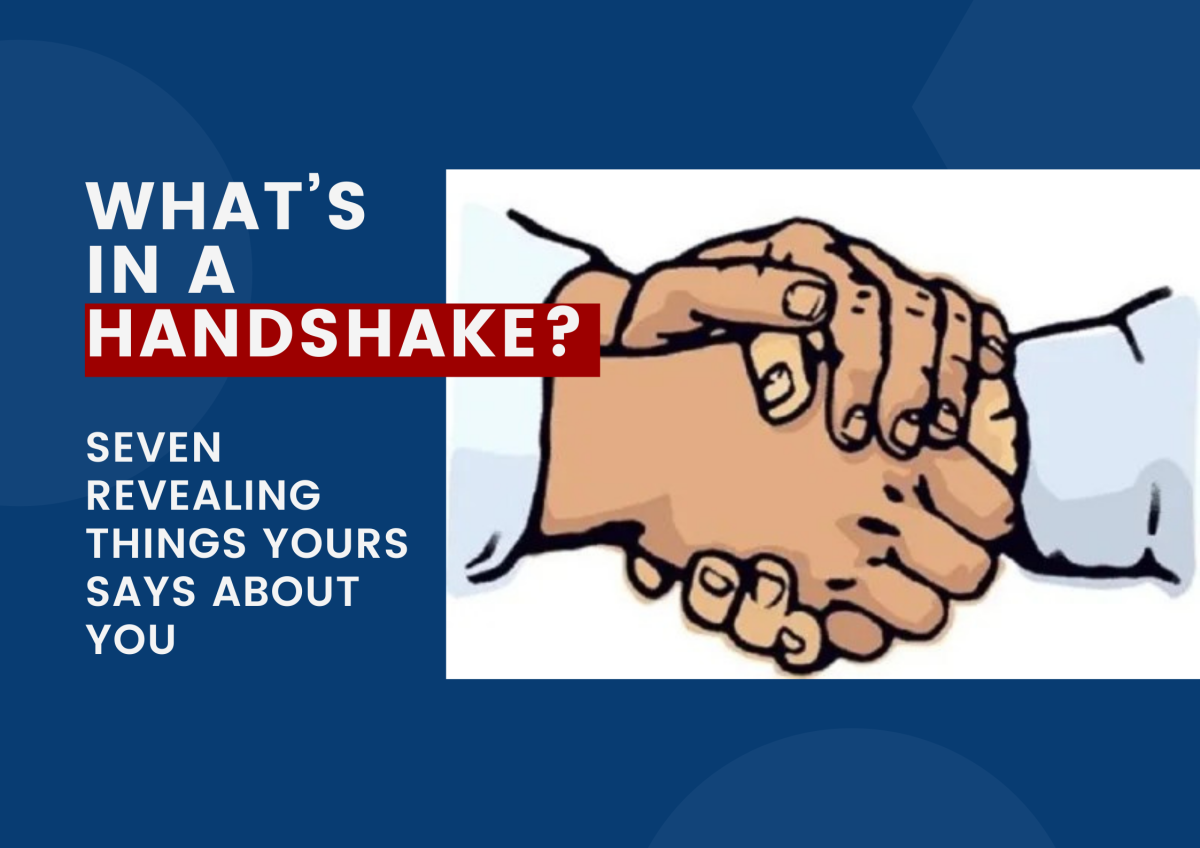Speaking Tips: How to Use Storytelling in Business
A Dozen Tips on Storytelling
Life experience will give you plenty of stories. So tell from the heart.

Storytelling in Business. Arouse their emotions with a story!
Entertainment is the key in telling a tale. If your stories entertain , the informative and persuasive elements in them will also be remembered. So if your want your workshop, educational, or conference keynote to be really effective, build it around an entertaining story.
In speaking to an audience nothing is more effective in arousing emotions than a story. So use an entertaining story to make your point. If the story’s point is made strong enough, statistics, data, and facts are almost superfluous- people will remember a yarn long after all the rest has faded from memory.
You think not? I’ll bet you can still remember ‘Goldilocks and the Three Bears,’ and ‘Jack and the Beanstalk,’ and the “Three Little Pigs,” to this day. Stories stay! They seem to get right down into our molecular structure.
Also, remember that stories told at ‘first hand’ are those which a granted most credibility by a listener. So tell stories from your personal experience wherever you can.
How to use storytelling : Public speaking the way I like it

The Writer

The Nostalgic Factor - Yes, this does apply to storytelling in business, too.
Use those stories in which your audience has a shared experience wherever you can. I call this the “Nostalgic Factor.” For example, if your audience lived through World War Two, tell them stories from that era. If they are teenagers, tell them stories from your own teenage years. Empathy unlocks resistance.
Techniques?
To create instant drama, use short, punchy sentences of no more than eight or nine words; monosyllablic words if possible. But don’t keep this up for too long, for it will lose its effect. To create feelings of tranquility, long, rambling sentences are the go.
Just as newspaper headlines must grab the reader’s attention at a glance, so a public speaker, trainer, workshop presenter must capture the listener’s attention within the first ninety seconds. If they do not, it is often an uphill battle from thereon. Even if you only say, “Once upon a time…” and continue on from there, you’ll have ‘em hooked. So start with an entertaining story wherever you can.
Ability at storytelling- how do you get it? Develop ‘Story Language.’ Read fiction, descriptive short stories, novels, poetry. From these you will absorb colourful words into your everyday oral vocabulary.
Storytelling in Business? A story can succeed where a direct request for 'closure' might be rejected
Remember, in a business setting, the idea of the story is more than simply to entertain. It needs to have a moral, a message. It needs to subtlety persuade. By this I mean that a story does not immediately confront the opinions or beliefs of a listener as a straight out opinion put by,say, a salesman to a client could. It introduces a third person, possibly even a fictitious person, telling - in the story - what hurdles were overcome, what benefits were achieved, in such a way that they are at palatable to the listener but without asking for any direct answer or commitment.
Tom presenting to an all male audience.

Keep a list of useful stories available
If you examine your life, you will be able to come up with dozens of incidents where you have learned something useful. Each of those things you learned others can possibly learn from too. You might have stories which can depict in a non-fronting way, many of the truths you have learned about the world. Keep a notebook. Place a title or a few lines plus, in brackets, the message or moral of the story. After a while you will have collected dozens of these.
You don't have to know these stories word for word. You do have to know the main elements and, particularly what you learned from a particular experience. Use these story meanings as part of your own arsenal where it comes to persuading others. Stories persuade. Personal stories persuade even better. So don't stint on gathering,keeping and using stories in your business presentations.
A dinner meeting with Tom as the guest speaker

Nothing is as powerful an influencer as story
Remember that facts, figures, graphs and pie charts all appeal to the rational mind. If you use an EEG machine or an electrical device that measures brain activity, you will see that when such data is placed before us, either in words or as a picture showing those words on a screen, a tiny fraction of our brain lights up in response. However, if a story is told, that same piece of equipment will show that just about the whole brain lights up. The difference is quite dramatic. This is because the story arouses our emotions. And have no doubt about it, decisions are made on what we FEEL, not what we think. Stories arouse feelings. And it is from story decisions are made. Yes, even so-called hard-headed business decisions.
Tom speaking to a large audience at a formal dinner in 2012

Storytelling in business is now the 'in' thing
Speaking tips and Storytelling tips : avoid yarns that don’t grab you.
Don’t use a story unless it has personal appeal to you. If it grabs you, moves you, then, told well, it will grab and move your audience. If it’s something you sort of feel duty-bound to do but really don’t want to…then don’t.
In business in storytelling put the visuals aside until the story is told - unless, of course, it really adds surprise impact to what you want to say.
Avoid using visual aids such as white boards, projectors and the like when storytelling. Don’t break your audience’s inner picturing by showing them something physical. Let their minds do the interpretation from your words. Also, the less inhibited you are, the more easily you will fall into natural gesture and movement. Don’t strive for effect. Let it happen. In storytelling, the idea is to sort of fade into the background as you lead the audience’s imagination.
As in a joke’s punch line, the end of an entertaining story should bring it to its conclusion. No explanation should be needed. The story should stand by itself. If the last sentence can complete it- good. If the final word does it- excellent. Further embellishment is not required.
Finally, in storytelling as in golf – if you want to get good at it- practice, practice, practice!
I hope you got something out of Public Speaking and Storytelling in Business.
Keep smiling
Tom.








